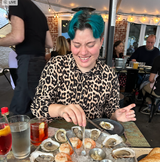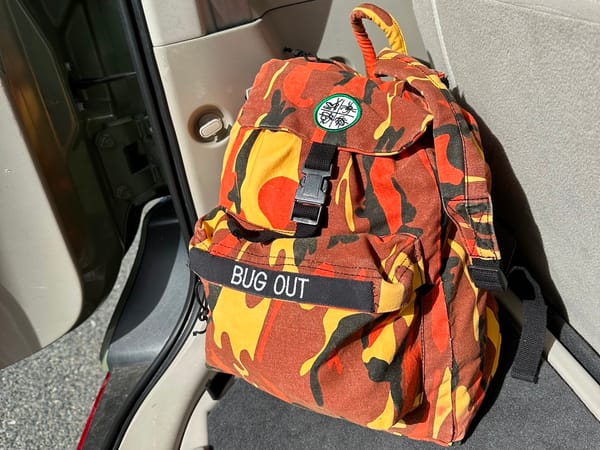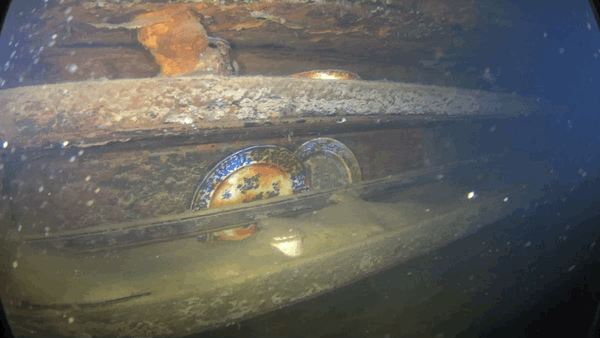Scurvy Is Proof God Doesn’t Love Us
Or, What I Learned About Scurvy Because of the Lost Franklin Expedition
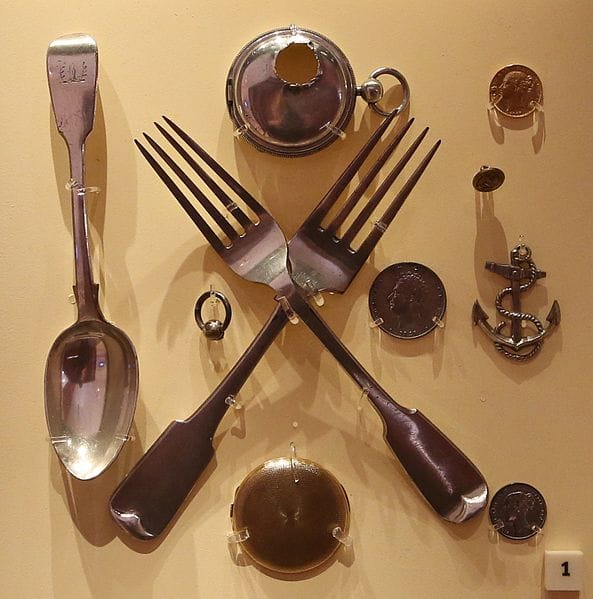
It is unsettling to realize that scars are not a static thing. Rather, they remain closed by an active process of the body. A process that can, under the right circumstances, stop entirely. It’s unsettling to me in the same way that knowing the default state of the eyes is wide open, not closed. Keeping the eyes closed is active work for the muscles of your body – something I learned intimately when I had Bell’s Palsy, a somewhat mysterious condition by which half my face was temporarily paralyzed for about two months. My eye, unless taped firmly shut, simply did not close. The body can betray you in surprising and unusual ways.
Most animals can synthesize their own vitamin C. Humans cannot. It makes a fellow (even an ex-Catholic atheist like myself) wonder if God has it out for us. Especially after looking at what pops up on Google Images if you search “scurvy.” (Pro tip: don’t).
I became specifically interested in reading (in horror) about the ravages of scurvy on the human body after I became fixated on John Franklin’s lost expedition and The Terror (AMC, also Dan Simmons). In both of these works, although it is questionable if it is true to life, the crews are dropping like flies from a lack of the vitamin.
Scurvy is an especially awful way to die, in a world full of pretty bad ways to die. Old wounds reopen as scar tissue loses the ability to repair itself. Your joints hurt because the body can no longer produce collagen to maintain their padding. Your hair follicles bleed. Your teeth fall out. If the secondary infection doesn’t get you, the internal bleeding might just stop your heart.
Much of what we know about scurvy, unsurprisingly, comes from the World War II era. Human experimentation was not solely, as we might like to remember it, the domain of the Nazis. The UK-based Sorby Research Institute conducted human experimentation on conscientious objectors, including vitamin deprivation experiments. These individuals were, ostensibly, volunteers. Insofar as people offered a choice between being human guinea pigs or jail time can be considered volunteers. Similar human trials also occurred with prisoners at Iowa State Penitentiary in the 1960s. One must hope these experiments would not fly today.
Through this work, it was found that:
- Scurvy can lead to internal bleeding, and thus to heart failure -- discovered when two of the unfortunate participants in the Sorby Research Institute experienced this.
- Advanced scurvy patients can present with blood levels of vitamin C too low to detect.
- As little as 10 mg of vitamin C a day can prevent or reverse scurvy (for reference, a single packet of Emergen-C contains 1000mg).
This last point would have been great news for the Franklin expedition if they had access to even a single Emergen-C. Unable to go back in time and provide those poor fucks with some synthetic vitamin C, but distraught nonetheless, I wondered if there was any way they might have accessed the life-saving nutrition.
Once the crew in The Terror realizes that scurvy is killing them, probably more quickly than simple starvation, they make many of their decisions around the goal of obtaining fresh meat as an antiscorbutic. Raw meat, as eaten by the Inuit locals, does provide some vitamin C (especially seal eyes and the layer of narwhal skin and fat called muktuk).
They might have been barking up the wrong tree. One of the papers I found emphasized that marine algae played an outsized role in providing vitamin C to Inuit people, based on a study in Greenland, although raw meat also provided some of the vitamin. One example of this is Alaria esculenta, or winged kelp, called kuanniq. This species is distributed well into the Arctic Circle but is also harvestable and eaten in Britain and Ireland. Too bad these guys were sleeping on it.
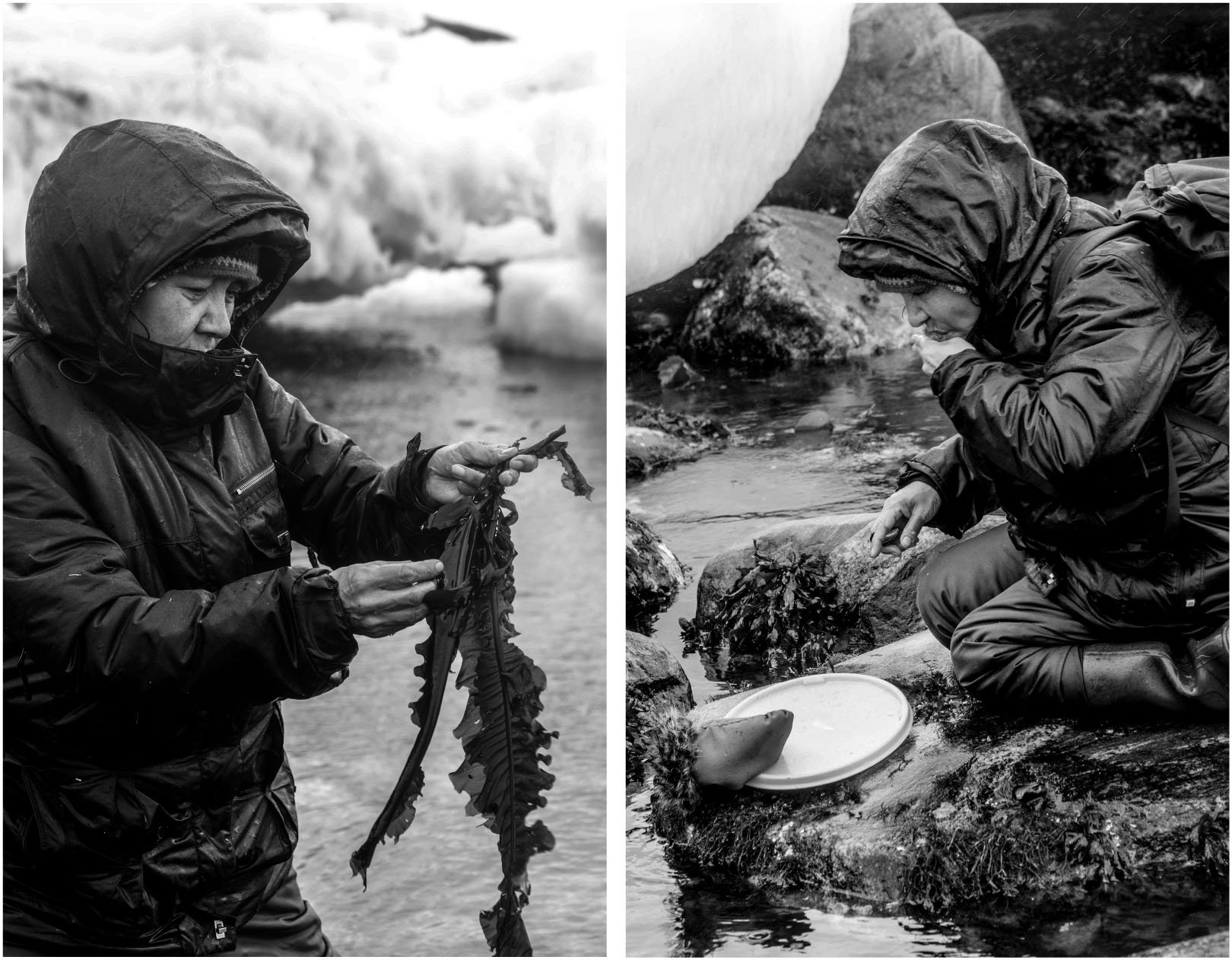
Above: harvesting kelp and mollusks in Ivujivik, QC. Photo by Michel Rapinski, as appears in Rapinski et al (2018). Looks like good eatin’!
Fresh (-ish) meat does eventually come in The Terror when part of the group breaks down and resorts to cannibalism. This would have provided some calories, but if those who were eaten were already sick with scurvy, probably little relief. For lack of any sources on the vitamin C content of human flesh, I did a little back-of-the-envelope math based on blood vitamin content: a non-vitamin C deficient human’s blood level of vitamin C is defined as over 28 umol/liter. A liter being about 4 cups, a cup of blood would have approximately 9 umol of vitamin C, or about 1.6 mg (4). This is already insufficient, even taken daily, to improve scurvy symptoms. And that’s assuming a healthy individual, not someone who has died of scurvy!
Sorry, cannibals. Have you tried a little algae?

